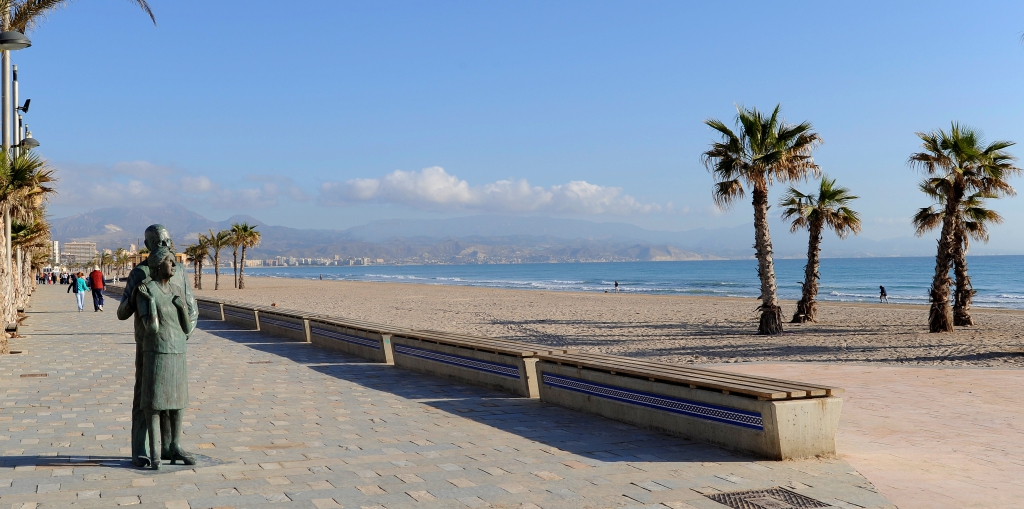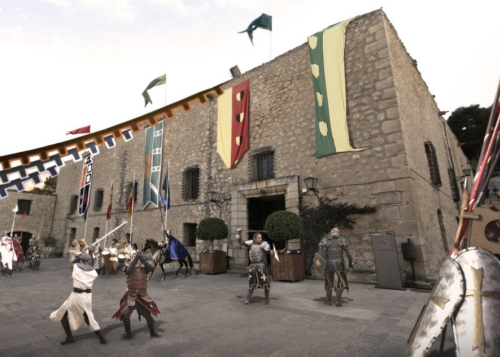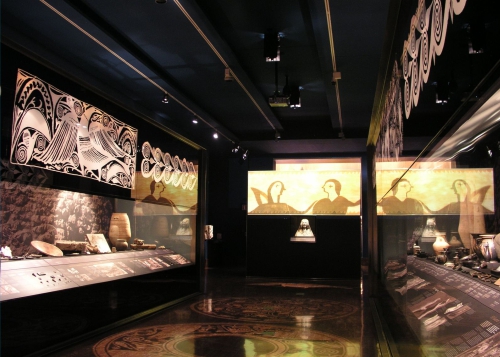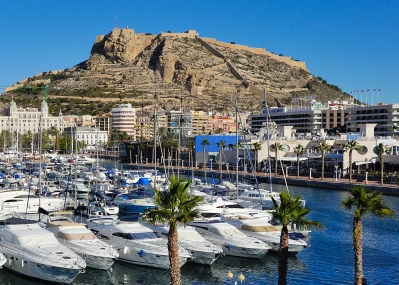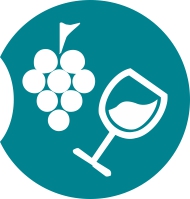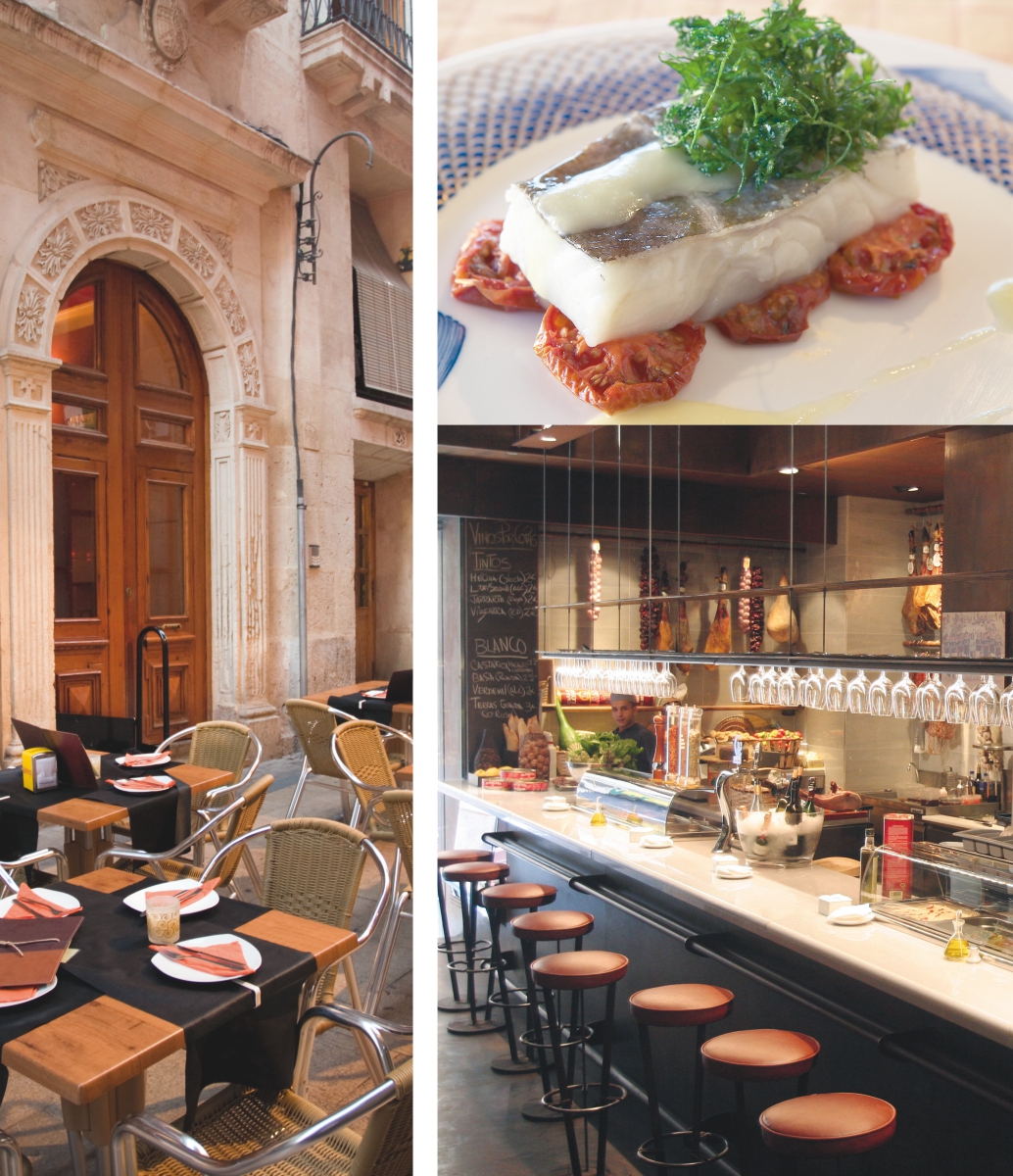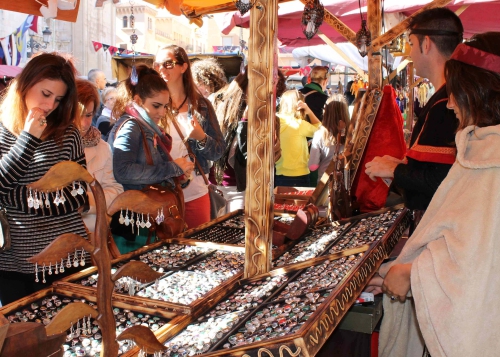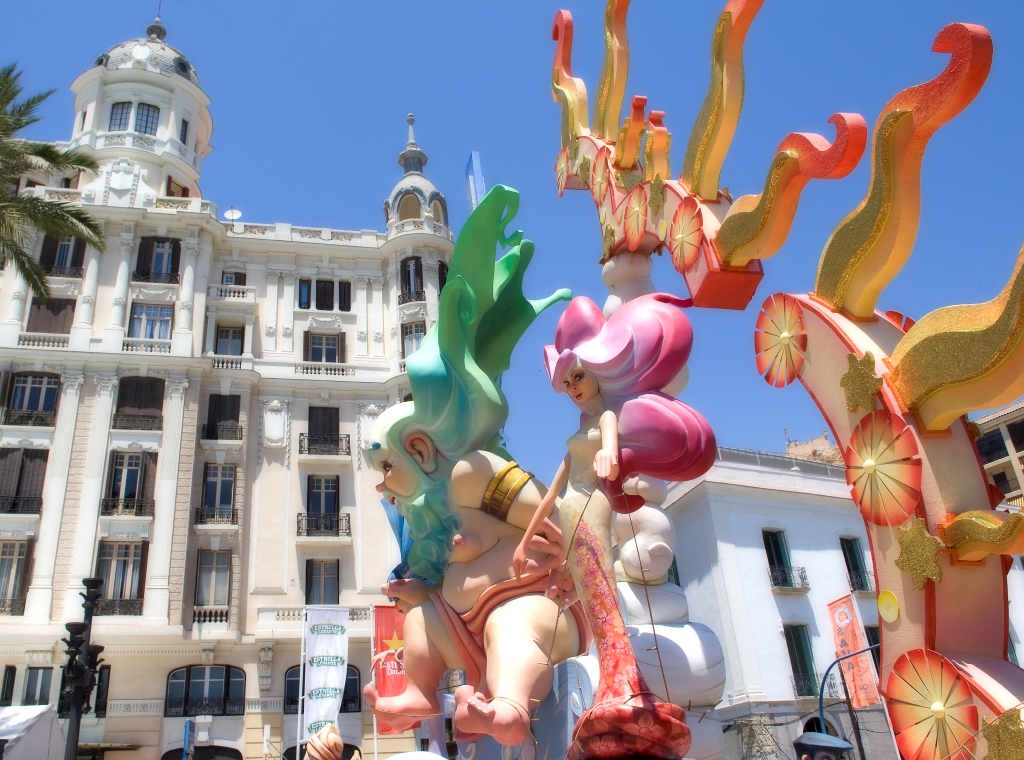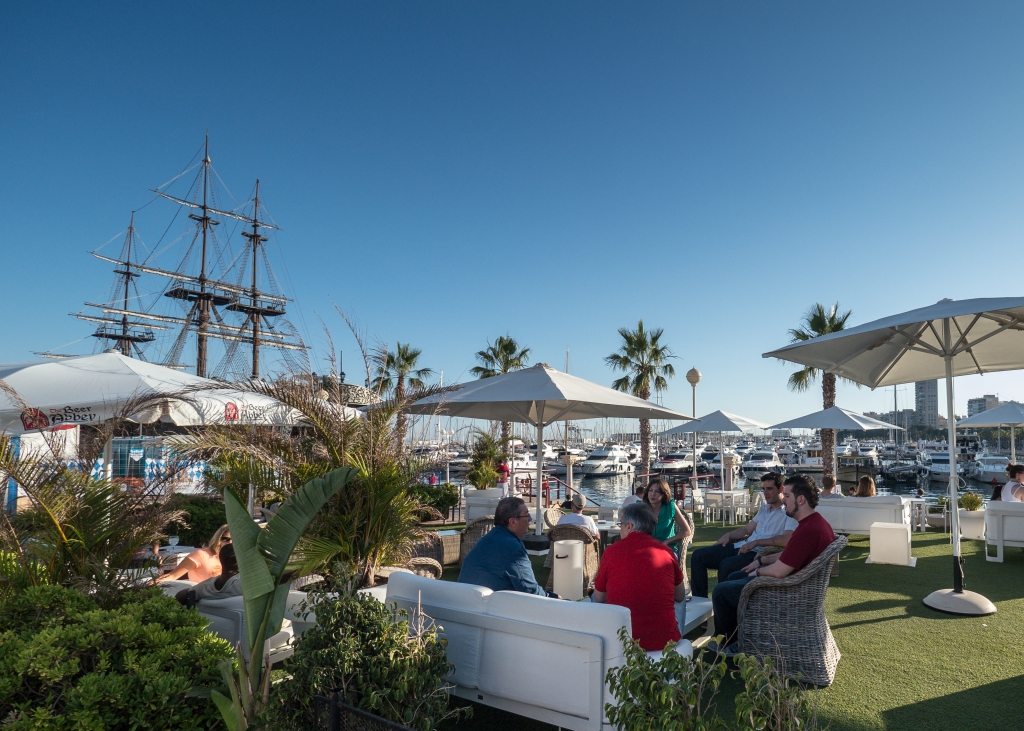The Costa Blanca have many beaches which are one of their major tourist attractions. Year on year, they are recognised by the European Union with their Blue Flag Awards which confer on them well-deserved international prestige and underline their quality.
Among its coastline of over 25 km of beaches, the most outstanding are Postiguet Beach in the centre of the city, the Beach of St John in Alicante, as well as the one of the jewels of the Mediterranean, the Island of Tabarca; the Arenales del Sol Beach, and the La Marina Dune Complex and El Pinet Beach in Elche.

